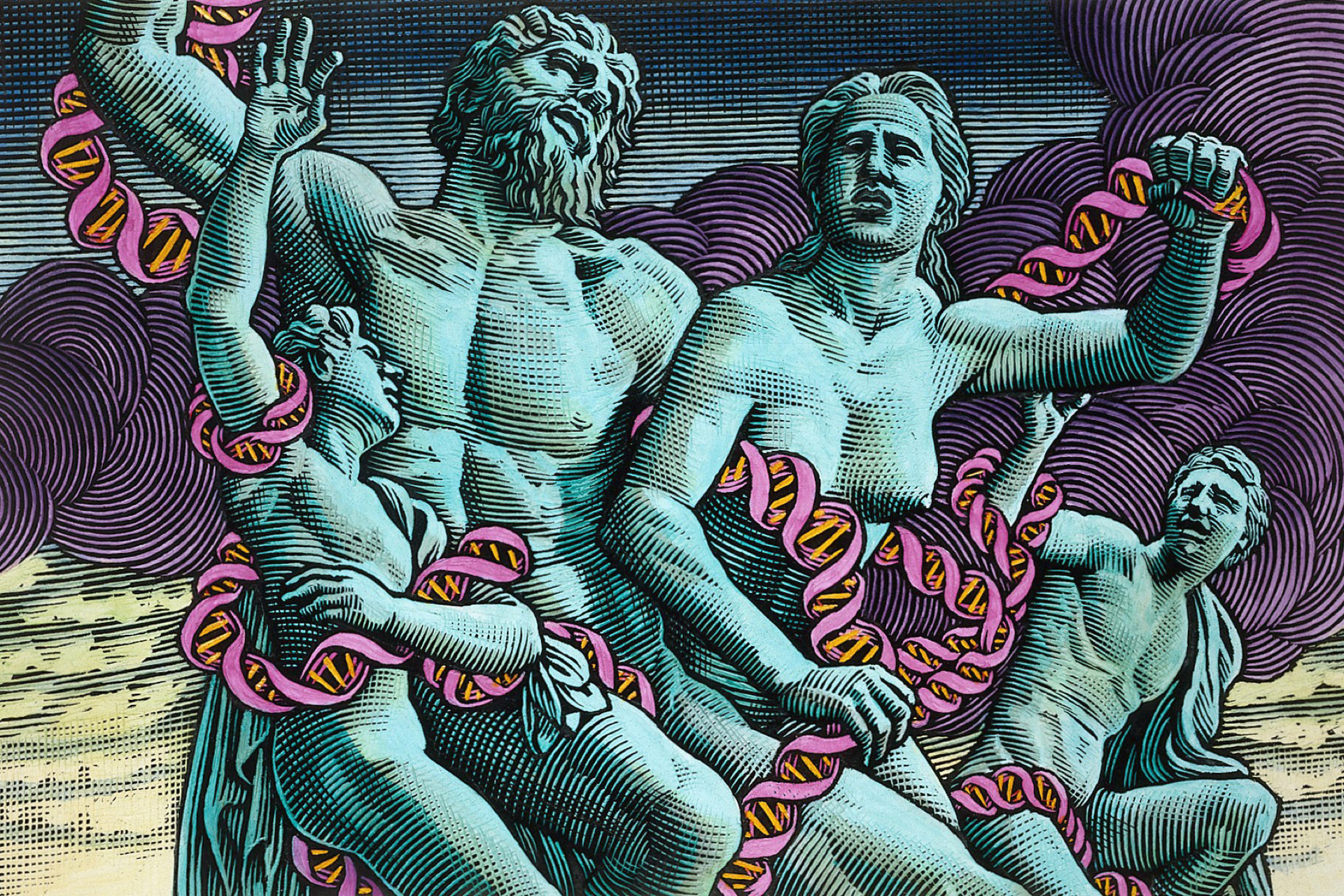An international consortium headed by South Korean stem cell scientist Woo Suk Hwang has announced the establishment of the World Stem Cell Hub. The consortium has set up an international bank of human embryonic stem cell (ES cell) lines at Seoul National University, which will have satellite laboratories in England, and San Francisco in the US.
The aim of the hub is 'to establish a global network on promoting stem cell research', particularly for incurable diseases such as 'nervous system failures, diabetes, Parkinson's disease, glaucoma and hearing disorders', the South Korean health and welfare ministry said in a statement to accompany the launch on 19 October. In 2004, Hwang's team announced the creation of the world's first cloned human ES cell-line, and earlier this year reported the derivation of a further 11 cell-lines from 31 cloned embryo, using just 185 eggs. The team made the ES cell-lines using skin cells from nine patients with spinal injuries, a two-year-old boy with a genetic immune disorder and a six-year-old girl with type 1 diabetes.
The consortium hopes to create about 100 new ES cell-lines per year, from patients with disorders such as Alzheimer's disease, diabetes and Parkinson's disease, to allow researchers to study how such conditions develop. 'When the use of these stem cells is limited to a particular country, it takes much too long to create technologies usable for the whole of humanity', said Hwang, adding 'by creating a global network, we plan to share stem cells created in each country and share information on these stem cells'.
According to an article on the consortium, published in the New England Journal of Medicine, each laboratory will be associated with a nearby IVF centre where the eggs required to make the new cell-lines will be collected. Women donors would be recruited by researchers after obtaining approval from the relevant oversight committees at their institutions. Three technicians from Hwang's laboratory would then travel regularly to the satellite laboratories to carry out the nuclear transfer (cloning) procedures. After being sent back to Korea for detailed characterisation and quality control, frozen samples of all the cell-lines derived by the consortium will be made available in each of the three countries. Although it will not patent the cell-lines, the group does plan to charge researchers for the samples.
Gerald Schatten, a US biologist and chair of the consortium's board of trustees, said that to move forward, stem cell scientists needed 'a safe haven', adding 'the ethical and legal implications are important, but the most important thing for us is just to have discoveries that are independently confirmed and extended'. He compared ES cell research to the early days of organ transplantation, saying that once the treatment's potential became clear, most religions were convinced that it was a blessing to donate organs. 'We hope that the same thing will happen here', he said. Current US law forbids federally-funded researchers from working with human ES cell-lines created after 9 August 2001, so the only American scientists permitted to use the new cells will be those working in private companies.
Sources and References
-
South Korea launches stem cell institute
-
International stem cell bank open
-
South Korea to supply cloned human cells
-
An Offshore Haven for Human Embryonic Stem-Cell Research?







Leave a Reply
You must be logged in to post a comment.